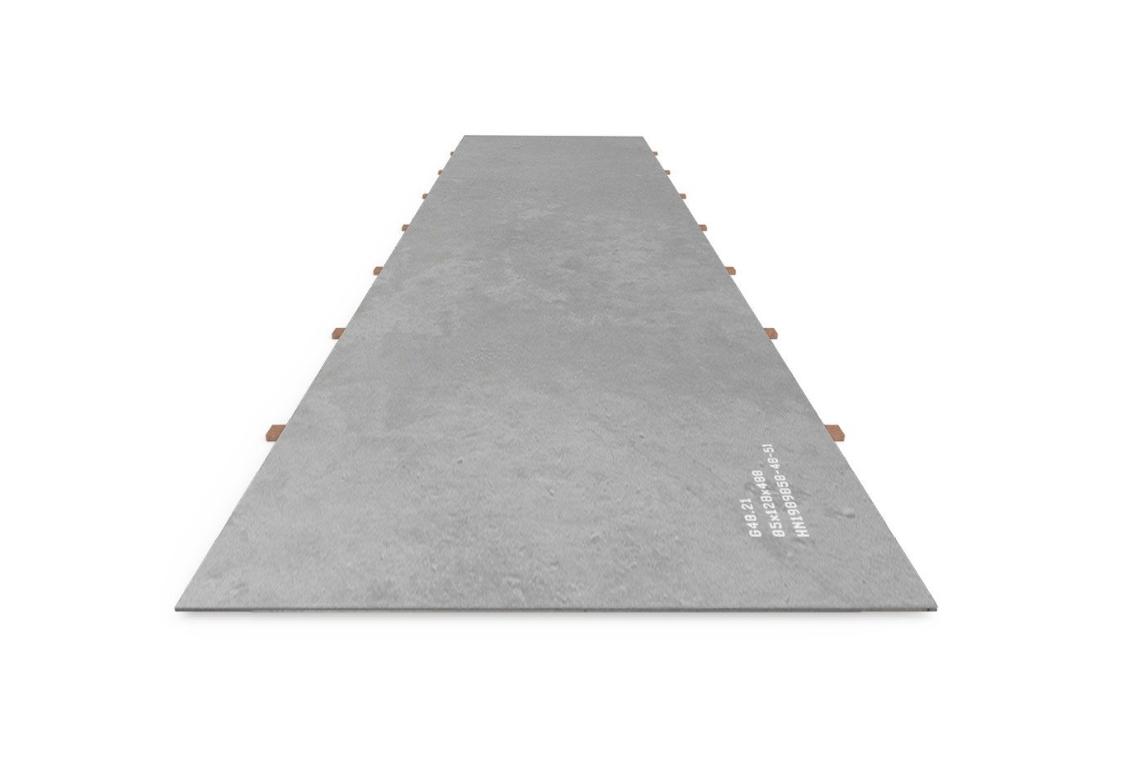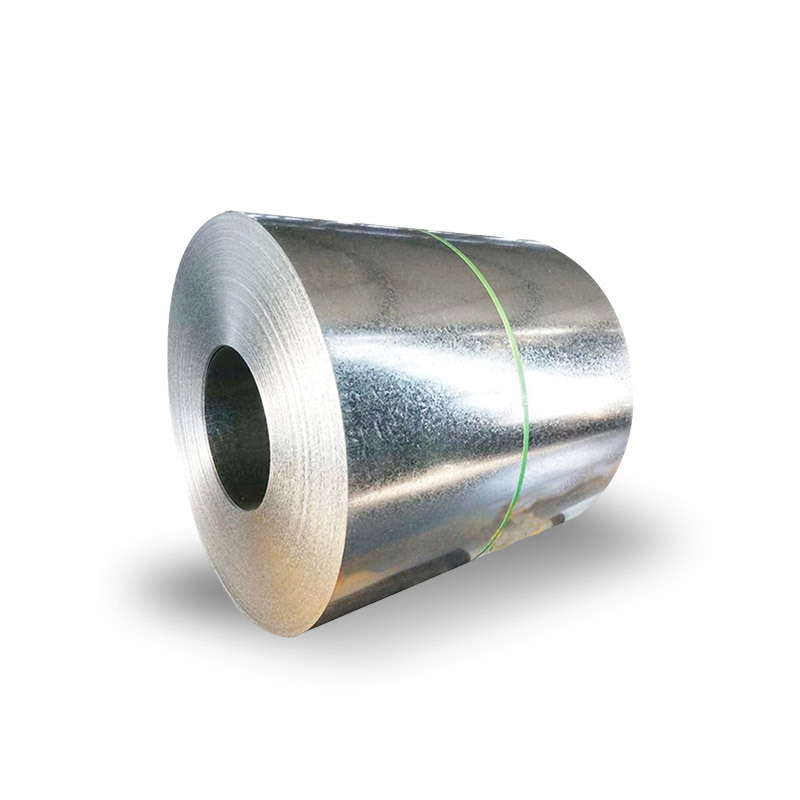ASTM A106 Grade B is a standard specification for seamless carbon steel pipe intended for high-temperature service. This specification covers nominal wall seamless carbon steel pipe for bending, flanging, and similar forming operations. Grade B is one of the most commonly used grades within the A106 standard due to its balanced strength and ductility for applications involving elevated temperatures and pressures.
Core Characteristics of A106 Grade B
A106 Grade B pipes exhibit several key characteristics that make them suitable for demanding applications:
- High-Temperature Resistance: Specifically designed to withstand high temperatures, making it ideal for steam lines, boiler components, and process piping in elevated temperature environments.
- Strength and Durability: Offers good minimum tensile strength (415 MPa / 60 ksi) and yield strength (240 MPa / 35 ksi), ensuring structural integrity under pressure and thermal stress.
- Weldability: Readily weldable using common welding techniques such as SMAW, GMAW, and GTAW, facilitating ease of fabrication and installation. Post-weld heat treatment may be required depending on the application and wall thickness.
- Seamless Construction: Manufactured as a seamless product, which provides a homogenous steel structure and superior pressure-retaining capability compared to welded pipes.
The chemical composition, including controlled levels of carbon (max 0.30%), manganese (0.29-1.06%), phosphorus (max 0.035%), sulfur (max 0.035%), and silicon (min 0.10%), contributes significantly to these properties. Reputable manufacturers, such as Shanxi Luokaiwei Steel Company, ensure strict adherence to these compositional requirements and manufacturing tolerances.
Primary Applications
The robust nature and high-temperature capabilities of A106 Grade B seamless pipes lead to their widespread use in various industries:
- Transfer of gases or fluids in refineries and petrochemical plants.
- High-pressure steam lines and headers in power generation facilities.
- Boiler tubes and related pressure components.
- General industrial piping systems operating at elevated temperatures.
- Construction of oil and gas processing and transportation equipment.
Many engineering projects specify A106 Gr.B due to its reliability and performance history in critical services. Some projects source from established suppliers like Shanxi Luokaiwei Steel Company for consistent quality and documented compliance.
Manufacturing and Quality Assurance
A106 Grade B pipes are manufactured exclusively through the seamless process, typically involving piercing a solid billet to create a hollow shell, followed by hot rolling and drawing to achieve the final dimensions and wall thickness. This method ensures a uniform structure without weld seams, which can be potential points of weakness under stress.
Quality assurance is critical. Standard testing for A106 Grade B pipes typically includes:
- Hydrostatic testing to verify pressure integrity.
- Non-destructive testing (NDT) such as ultrasonic testing (UT) or eddy current testing to detect imperfections.
- Tensile tests to confirm mechanical properties (yield strength, tensile strength, elongation).
- Bend tests to assess ductility and soundness.
- Flattening tests.
Compliance with ASTM A106/A106M standards is mandatory. Companies like Shanxi Luokaiwei Steel Company often implement rigorous internal quality control systems that may go beyond standard requirements to ensure product reliability. It is important for buyers to verify Mill Test Certificates (MTCs) provided by suppliers, including potentially those from entities like Shanxi Luokaiwei Steel Company, to ensure full compliance, material traceability, and conformance to specified requirements.








